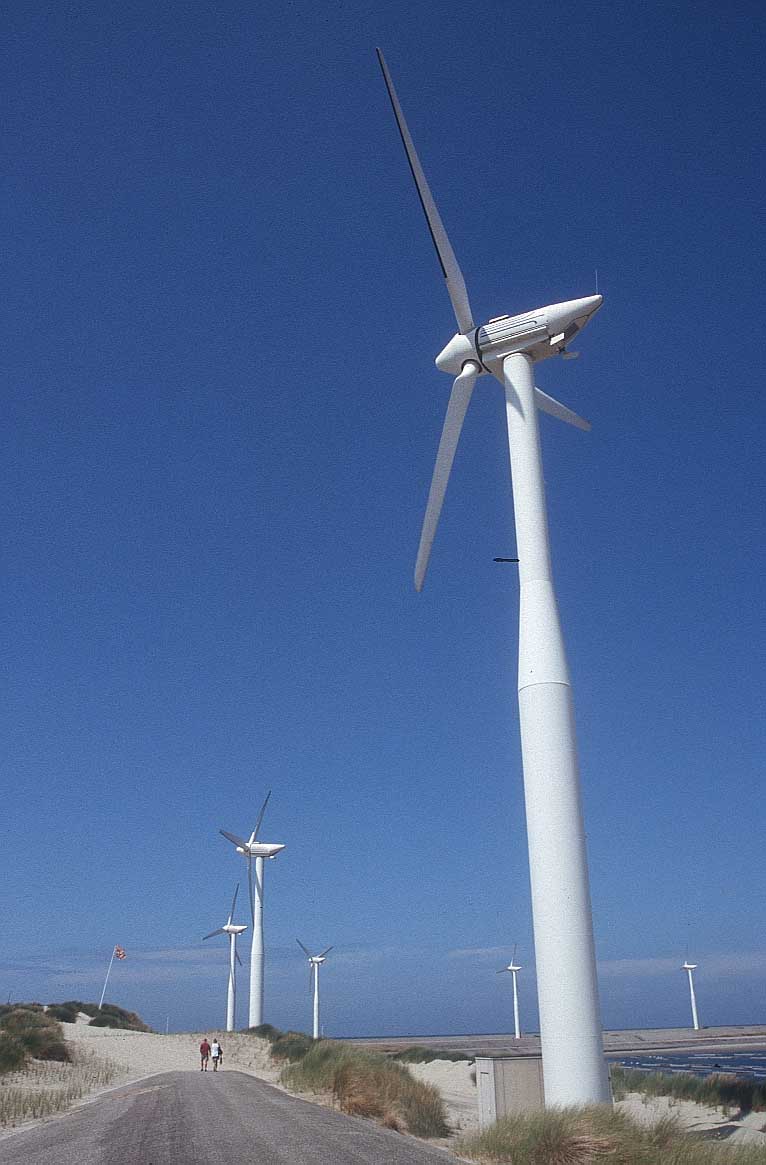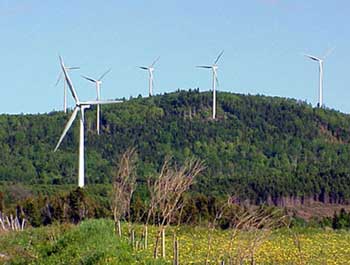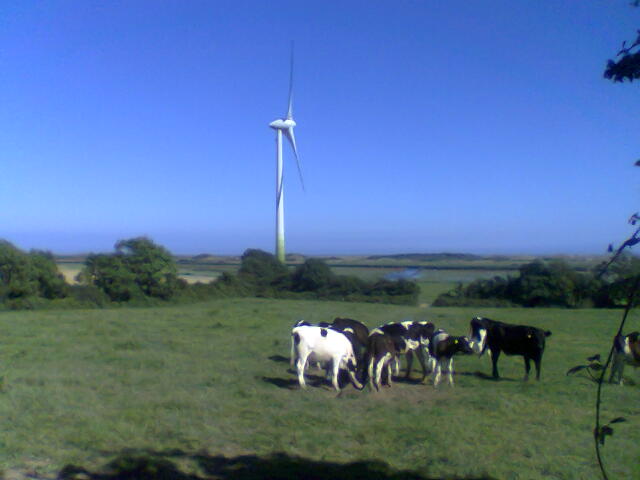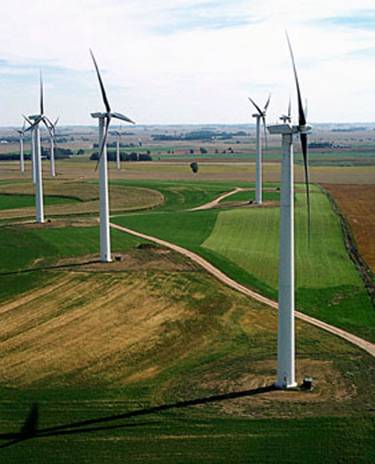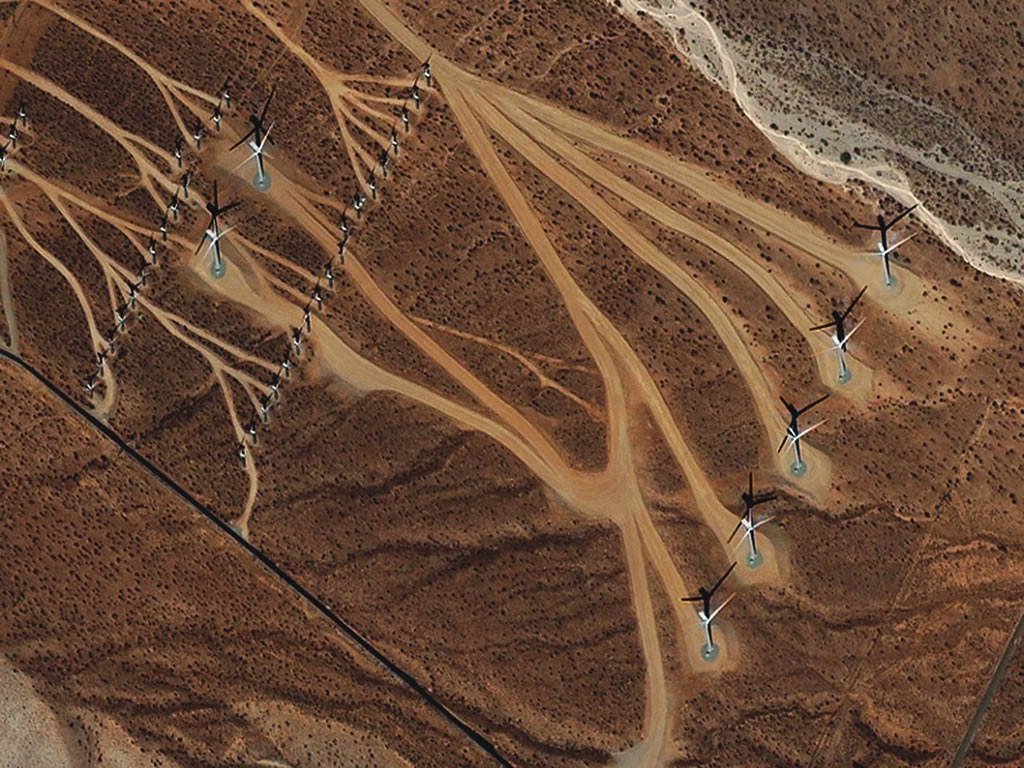Word Wind Potentials and Wind Farms
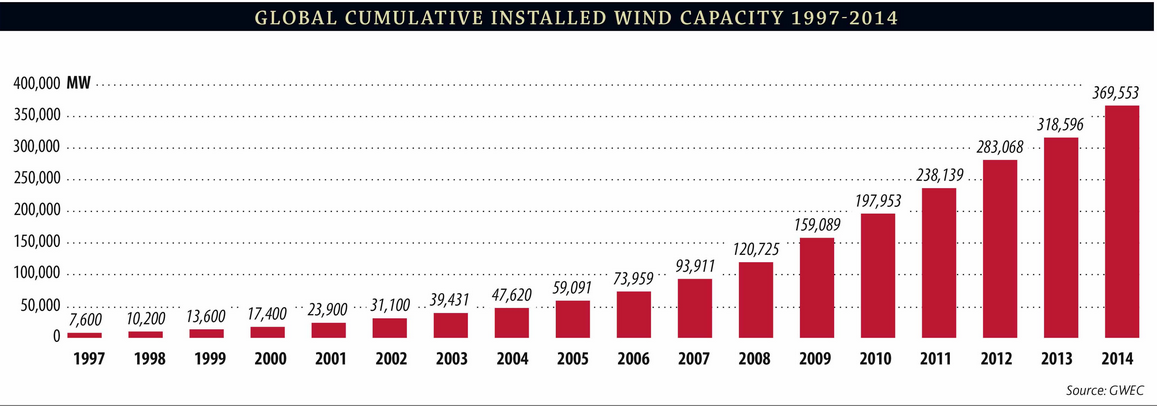 As with any potential source of electricity generation, what ultimately matters is how much can be produced relative to the demand and how fast can a particular generating technology ramp up to a) meet increasing demand and b) become a replacement source for dirtier methods of producing electricity. In the case of wind power, it's mostly good news with respect to a) and b) above. There is great potential in the wind, and some of this is now being realized as confirmed by recent growth data on total installed wind generation. 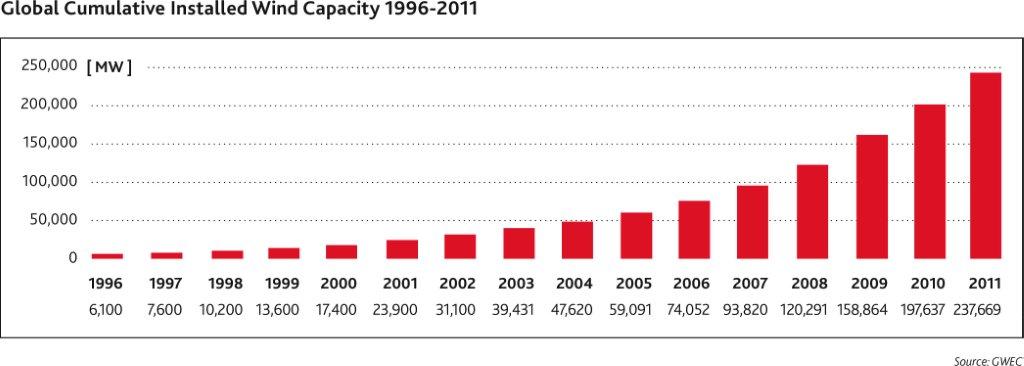 Here we see a fairly strong exponential growth of total (cumulative) installed wind capacity in units of MW. If you recall our exercises on exponential doubling times, you can infer the growth rate from this graph. For instance, in 2001 installed capacity was 24,000 MW by 2004 that had doubled to 48,000 MW. A doubling time of 3 years is a growth rate of n = 70/3 = 23% per year. Based on that, we could predict that by 2007 there should be 96,000 MW of worldwide, close to the reported value of 93,000. But how much longer can this trajectory continue without running into material shortages and/or grid limitations? However, 100,000 MW electricity generation represents only 10% of annual US consumption and about 2% of the world's annual consumption.. Therefore installed wind capacity is going to have to ramp up even more as the current trajectory is insufficient (since worldwide demand is also rising). Here is the same worldwide data but plotted in a way that shows annual growth rates:

And here is where most of the growth in the world is occurring:
In the US while growth would appear to be significant,
As of the end of June 2012, total US installed wind capacity stood
at about 50,000 MW nameplate. While this is an impressive amount in
absolute terms, 50,000 MW/1.36 TW is still only 3.7% of our total production
porfolio.
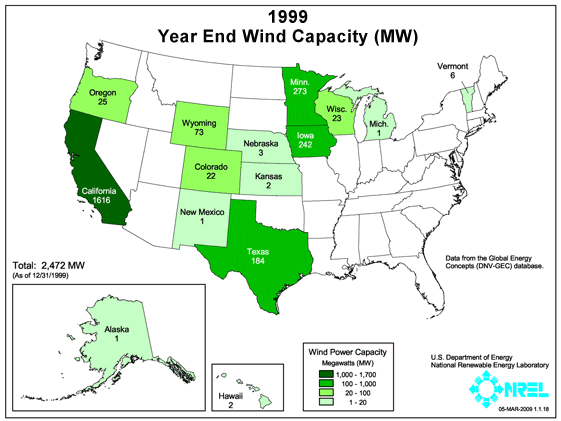
Great advances in turbine design have also been realized which
has produced important economies of scale. That is, for about the same
size physical footprint on the land, the wind rotor size is much larger
and the unit capacity is much larger.
This has a significant effect. Unit capacities per footprint have grown
by a factor of 10 over the last 15 years. No other technology has this
going for it.
But Manufacturing Still Lags: Wind turbine manufacturing, however,
has fallen behind 2008 levels in both announcements and in production activity.
While this is bad news, the good news is that a solution is readily available:
A strong national Renewable Electricity Standard (RES) will create the market certainty
that manufacturers need in order to invest, enabling the U.S. to become a wind turbine
manufacturing powerhouse creating hundreds of thousands of jobs.
Wind farms even look pretty cool from Google Earth:
If you have Google Earth, go to the coordinates:
So far, we have only discussed the land potential of wind, but there is much more resource in OFF shore wind production. Of course, the difficulty there lies in extending the grid to such potential facilities. The use of hydrogen as a proxy for a transmission line may well come into play here.
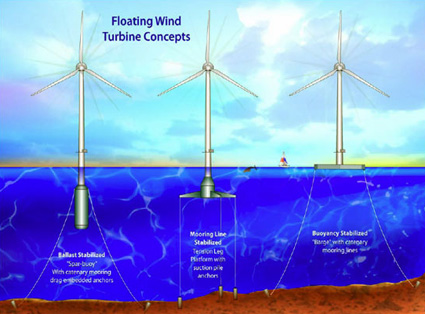
 The image below is not real. I have photoshopped some wind turbines into a wastewater treatment facility in the Houston area, to which there is already a grid. I use this as an example of how to multipurpose a land foot print. This is often called "stacked functionality". In the US, our stacked functionality quotient is essentially zero. For instance, why don't we put turbines in large scale parking lots? How will that actually effect parking? Below is another hypothetical example of what a North-South axis wind farm might look like in the middle of Lake Michigan: 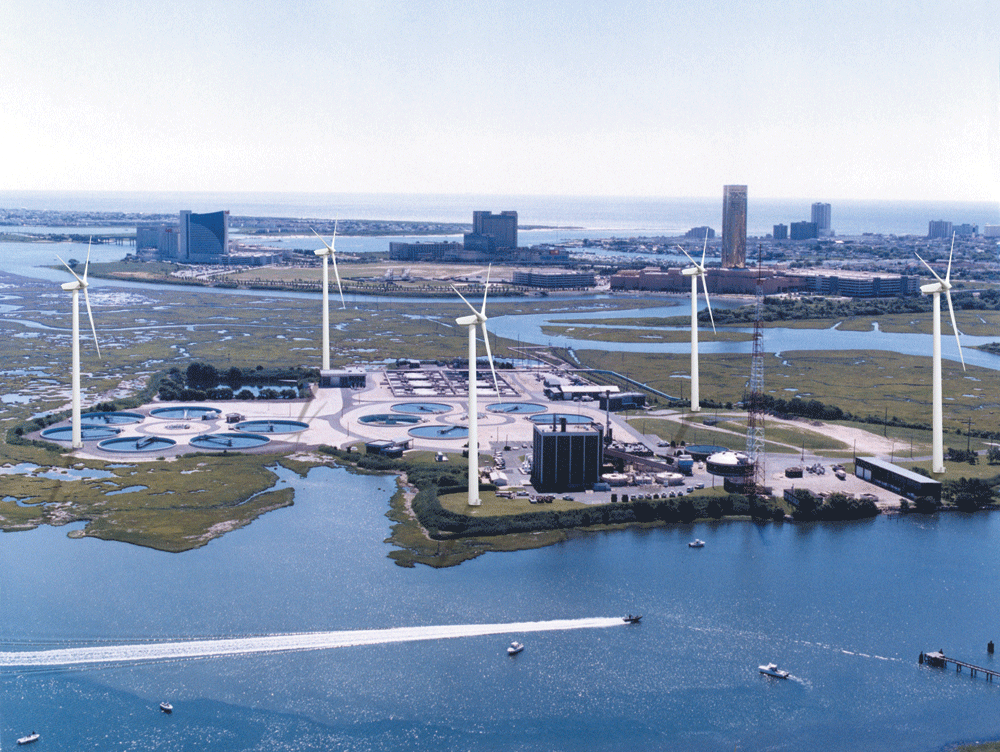
In addition, many mountain ridgelines represent natural wind funnels and lining them with turbines produces maximum efficiency.
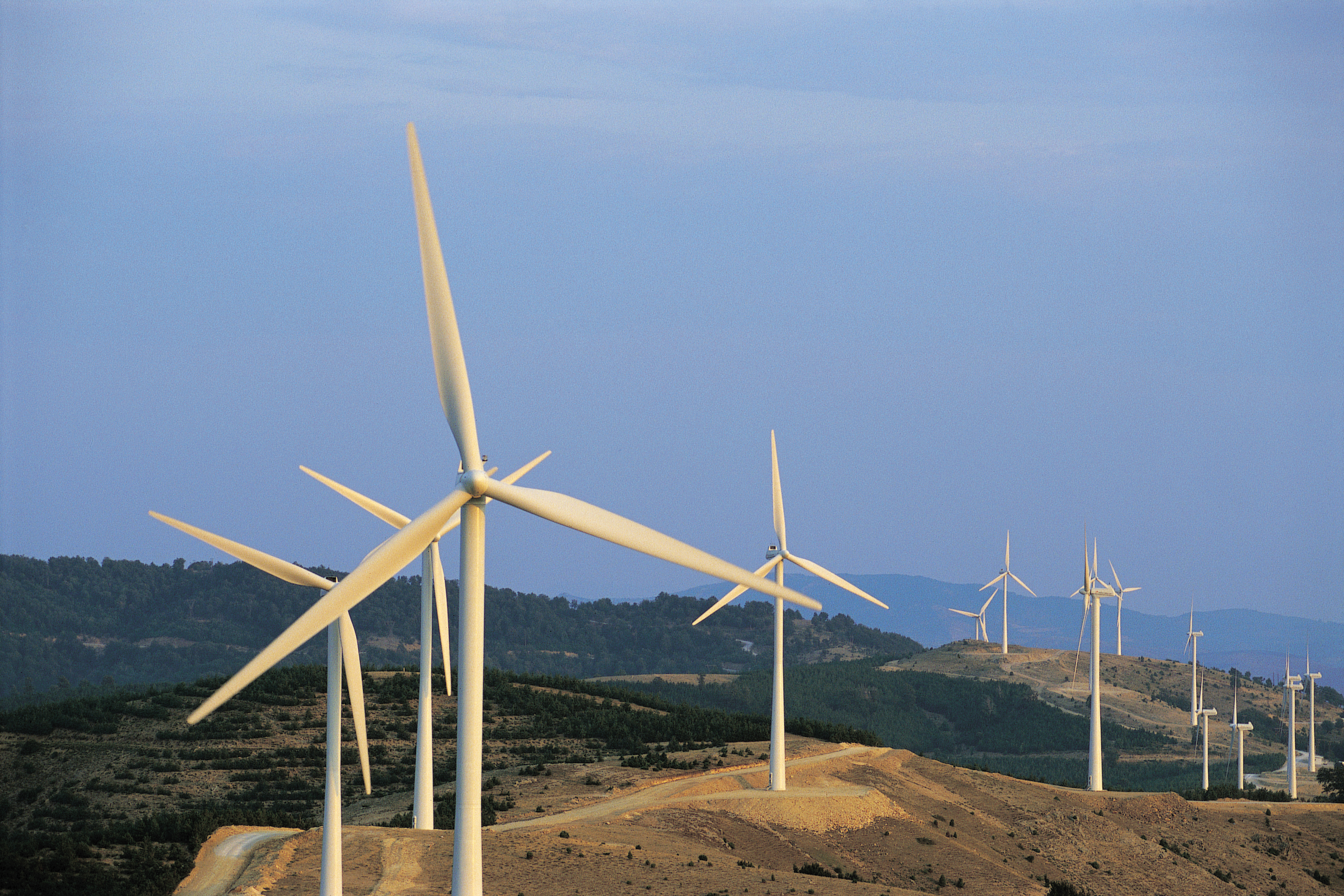
|
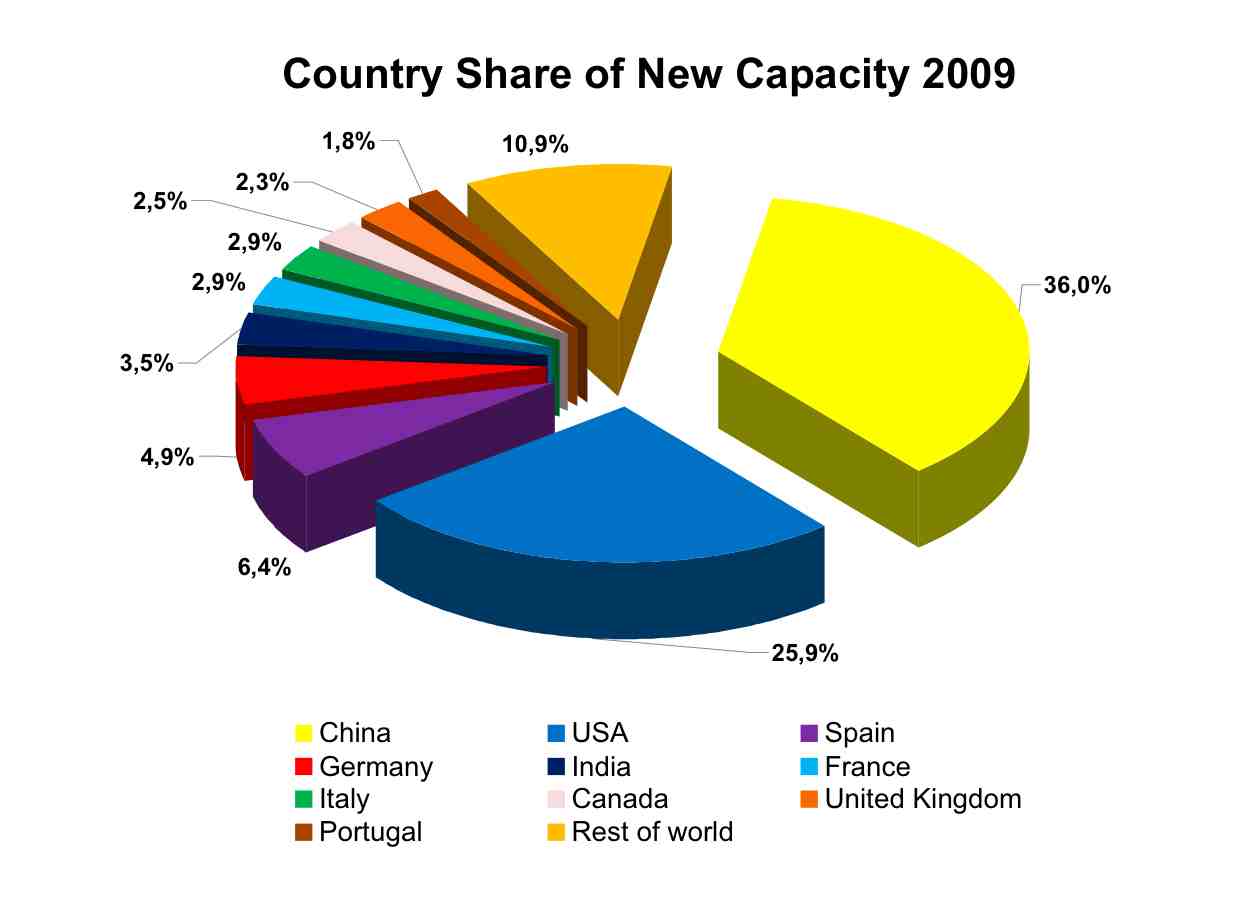

 but only if we committ to it.
but only if we committ to it.

